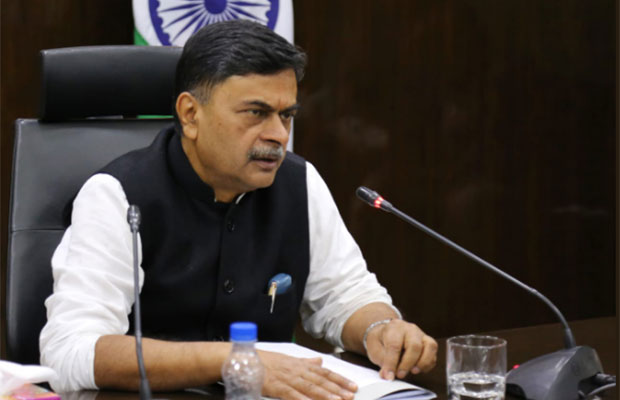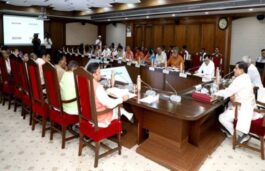Highlights :
- The minister said that grid-scale storage could help in providing round-the-clock supply of renewable power.
- Singh also said that India would not shy away from adding thermal capacities to meet its energy requirements.

Union Power Minister RK Singh publicly batted for starting a dedicated Production Linked Incentive (PLI) scheme for grid-scale storage systems. The statement has opened up speculations about the intention of the government to create a new scheme in this direction.
Speaking at a public Delhi, the Minister for New and Renewable Energy said that renewable energy storage had been expensive. Thus, the government created a policy to encourage Pumped Hydro Power Projects. He also batted for a PLI scheme for grid-scale storage to augment the Round-The-Clock (RTC) supply of variable renewable energy.
“Huge capacities of Pumped Hydro projects are coming up. At the same time, we need to build batteries for grid storage. We need to have another PLI scheme for grid-scale storage to augment capacity and have round-the-clock renewable energy. We will keep adding storage to ensure that demand goes up and investment keeps happening.”
Singh said that India set huge targets for renewable energy. “Today, 42% of our energy capacity is from non-fossil fuels. We have made a commitment to take this to 50% by 2030, but we shall achieve 65% of capacity from non-fossil fuels by 2030. We will add 50 GW of capacity every year. We have emerged as the fastest growing renewable energy destination.”
He stated that even as the country builds renewable energy capacity at the fastest rate, it would not shy away from adding the thermal capacity to meet its gigantic energy requirements. “Our pace of energy transition will be the fastest in the world, but we will not compromise with our energy needs. In 2030, I see the capacity crossing 800 GW, which is at a conservative growth rate.”
The minister reminded the audience that India’s per capita carbon emissions are around 2 tons while the world per capita average is around 6 tons. India’s historical contribution to global emissions has been only 4% despite being the fifth largest economy and home to 17% of the world’s population.
The minister also underlined the need to prioritize green hydrogen for the country. “We need to reduce importing coal for blending. We need to strengthen our logistics from coal-bearing areas and exploit our coal reserves, for which we are auctioning coal blocks to reduce our dependence on imports. Our feedstock has to transition, for which green hydrogen is a priority area and a huge opportunity. We have set a target of setting up at least 5 million tons of green hydrogen by 2030.”
The minister also underlined the need to diversify supply chains using technologies such as sodium ion. He said that around 100 GW of battery storage capacity is going to come up in the coming years, out of which around 50 GW will be available for exports.





























